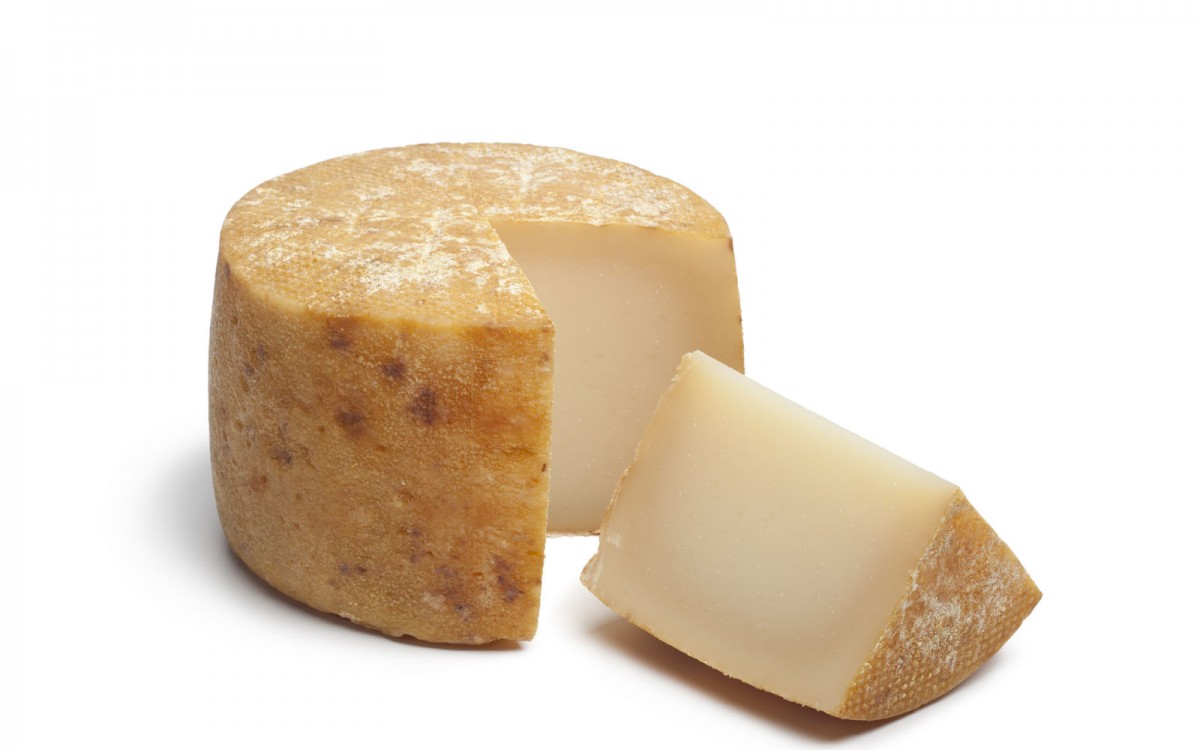Glossary
What Is
This is a cheese made from sheep’s milk and has different features depending on the area where it was produced. The most famous kinds are Roman, Tuscan, Sardinian and Sicilian, and they all have Protected Designations of Origin.
How To
Each type of pecorino is a little different: the Roman type may be the sharpest and is served as a table cheese when still fresh, but when aged it is grated, especially when used in local dishes. Sardinian pecorino is the mildest when very slightly aged and has a soft, white curd. It can be more pungent when aged. Sicilian pecorino is eaten fresh but can also be allowed to age, in which case its flavor is stronger and sharper. Tuscan pecorino is milder and is available on the market at three different ages: fresh, semi-aged and aged. It has a thin, yellow rind with a milk-white curd inside.
Italian Tradition
Pecorino, along with Grana and Parmigiano, is the most popular cheese in cooking, whether grated or shaved into flakes. The most common type used in Italian cuisine is the Roman type, aged for a few months and often grated as the basis for certain traditional recipes like cacio e pepe. The fresher pecorino cheeses are served as table cheeses, often accompanied by fresh fruit like grapes or figs, or by legumes like fava beans.
How To Keep It Fresh
Once a pecorino cheese has been cut, it should be kept refrigerated in a cheese drawer for up to 3-4 weeks. When grated, however, it should be used within 3-4 days.
Get fresh Italian recipes and food news every day!
Subscribe to our newsletters:

